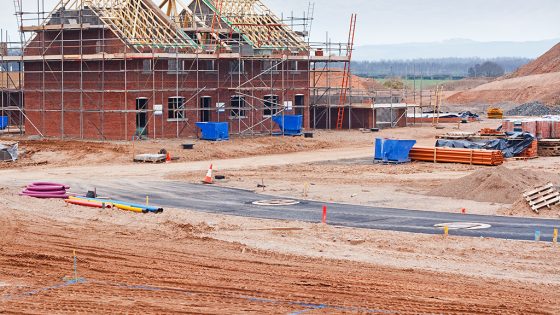Construction output increased by 0.4 per cent in August, bouncing back from a 0.4 per cent contraction in July.
New figures published by the Office for National Statistics (ONS) show new private housing saw a spike in activity, with workloads increasing by 3.4 per cent.
New commercial work also picked up, growing 2.2 per cent – with new work increasing 1.6 per cent across the board. Repair and maintenance work fell by 1 per cent.
In total, construction output was worth £18.6bn in August, with the three biggest segments being new private housing (£3.6bn), new infrastructure (£3.1bn), and private housing repair and maintenance (£2.9bn).
The ONS estimated that construction output grew by 1 per cent in the three months to August 2024, with 1.7 per cent growth in new work and no growth in the repair and maintenance sectors.
Commenting on the figures, Beard finance director Fraser Johns said: “It is encouraging to see increased investment and overall growth in activity as part of a wider improvement in the economy.
“The national picture aligns with our experience at Beard, where we see rising demand, particularly in commercial and education projects.
“Any talk of a recovery needs to be tempered by signs of the challenges the industry still needs to address. With the upcoming Autumn Budget, many will be keen to understand what is in store for business and the wider economy.”
Clive Docwra, managing director of consultancy McBains, said: “After July’s surprise fall in output, the construction industry will breathe a sigh of relief that August’s figures show improvement.
“Growth had stalled in five of nine work sectors in July, so the 3.4 per cent increase in private housing new work and 2.2 per cent increase in private commercial new work are encouraging signs that the economic climate, at least in the short term, is gradually improving.
“Despite current conditions remaining fragile, our clients are telling us that confidence is returning in many work sectors, helped by factors such as proposed planning reform and the cost of borrowing expected to fall.
“All eyes will now be on the Budget later this month where the industry hopes the chancellor will pull a rabbit or two out of the hat to help encourage further growth.”

